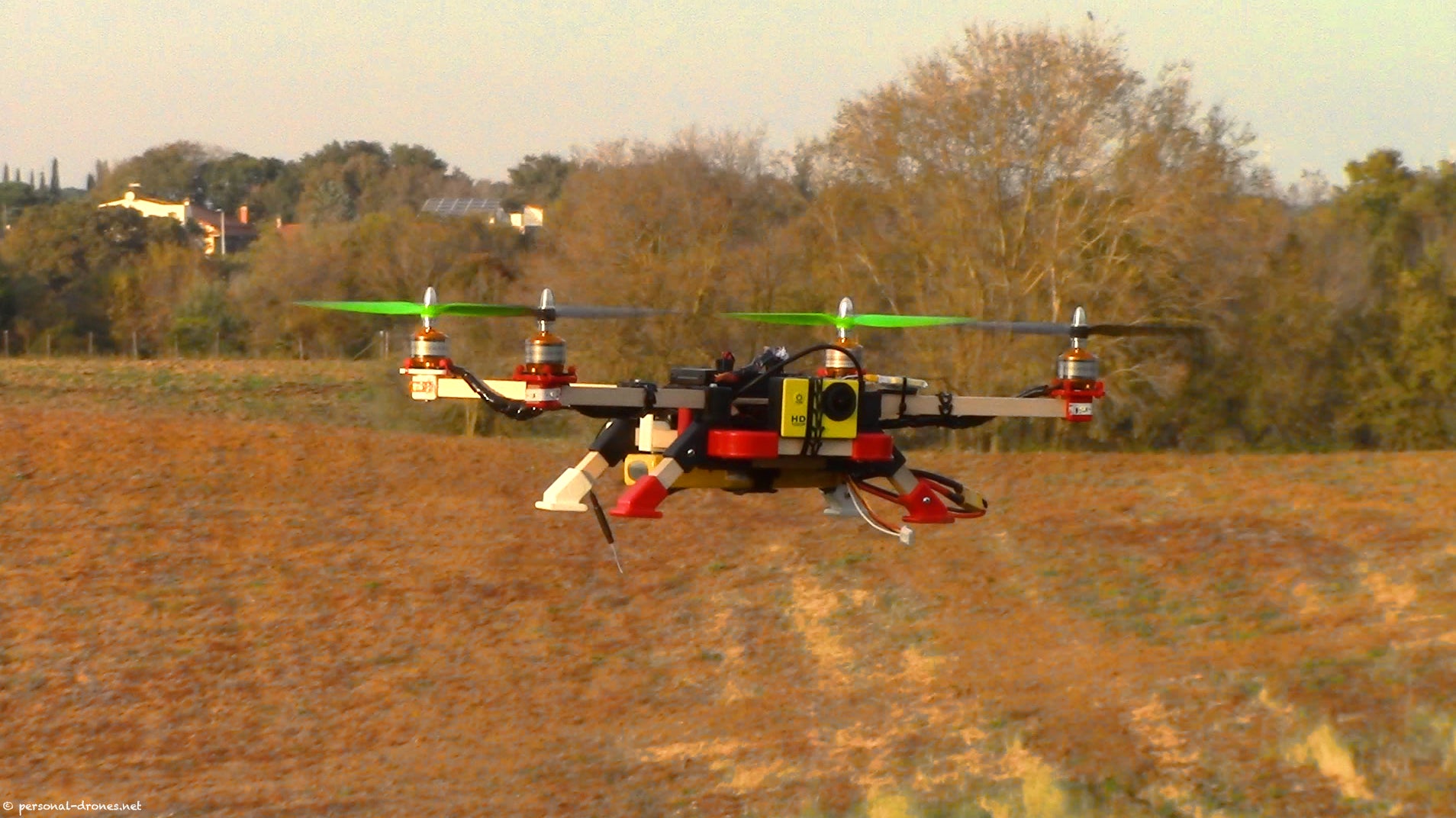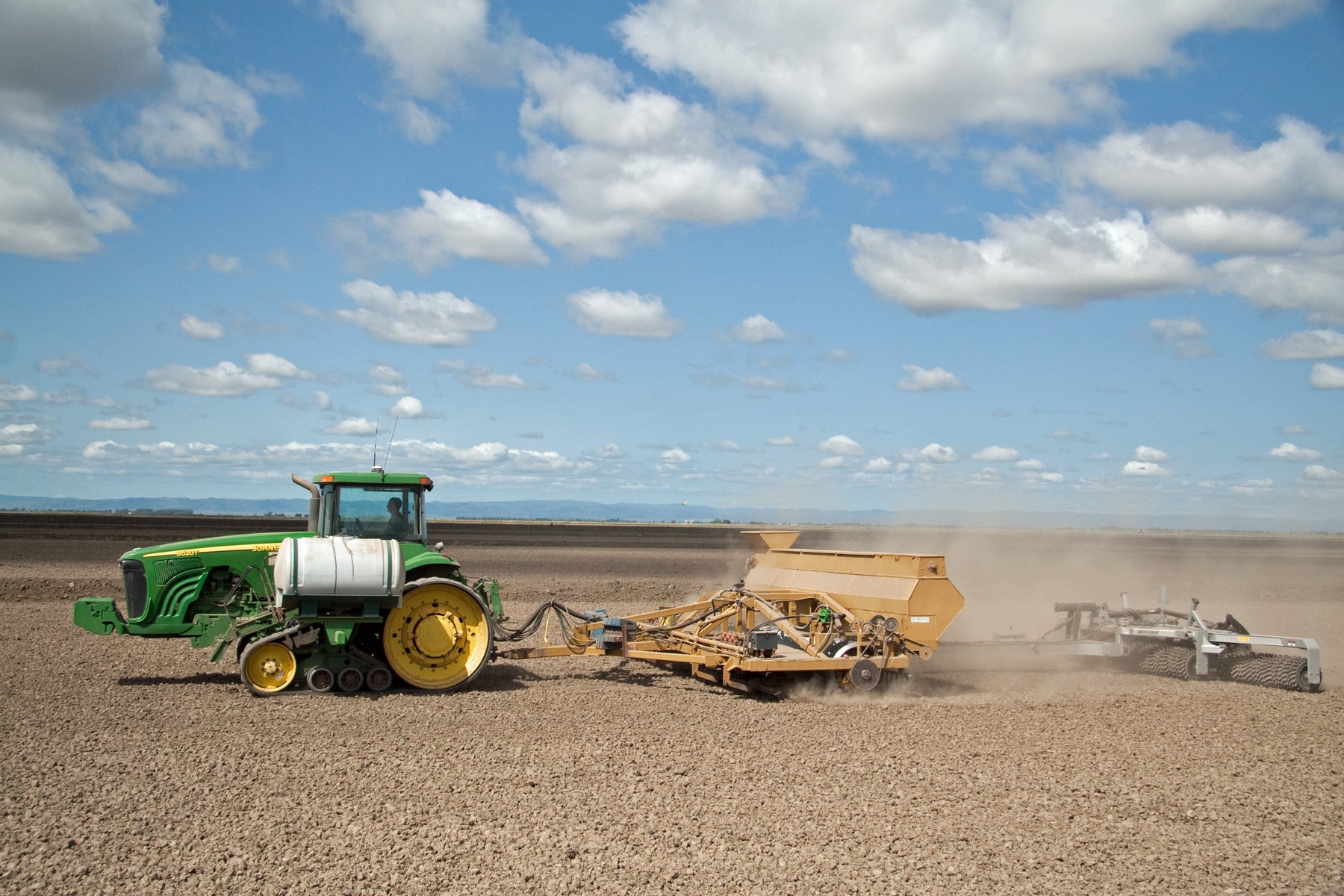
I knew I wanted to focus my career on protecting the world’s great places, says Robert Parkhurst, pictured snorkeling in the Great Barrier Reef.
In 2006 California passed AB 32, legislation requiring the state’s Air Resources Board to develop market mechanisms to reduce the state’s greenhouse gas emissions to 1990 levels by 2020. It was a watershed moment, and I was lucky enough to be at the event where Governor Schwarzenegger signed the bill.
Even back then I saw the potential for environmental markets to improve climate stability by engaging, rather than penalizing, business. That’s why I’ve spent the past 10 years – seven with electric and information technology companies and the most recent three at Environmental Defense Fund – working to make agricultural GHG reduction programs a reality.
But my passion for conservation started long before passage of AB 32. Growing up in the San Francisco Bay Area, I spent nearly all my free time outdoors, largely through Boy Scouts where I became an Eagle Scout. The moment I earned merit badges for water and soil conservation, I knew I wanted to focus my career on solving environmental challenges and protecting the world’s great places. I’ve been extremely fortunate to spend Thanksgiving atop Mount Kilimanjaro, Christmas on the Great Barrier Reef, and New Year’s Eve soaking in the natural beauty of New Zealand.
I believe carbon markets are the best tool we have for limiting emissions from agriculture, maintaining yields, and ensuring a food secure future.
These days my camping excursions involve my son and daughter, who are lobbying me to buy a plug-in electric car. Seeing my kids share that same excitement for solving environmental challenges brings a smile to my face like nothing else can.
That’s why I’m working to build a $2 billion market for agricultural greenhouse gas reductions by the end of 2020. I believe carbon markets are the best tool we have for limiting emissions from agriculture, maintaining yields, and ensuring a food secure future. Read More »










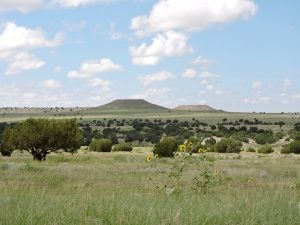

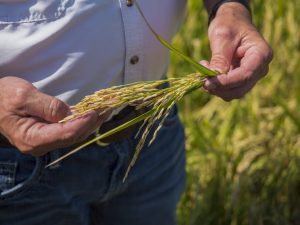
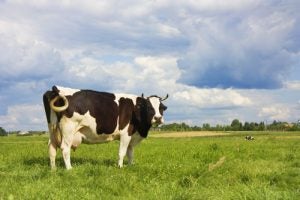
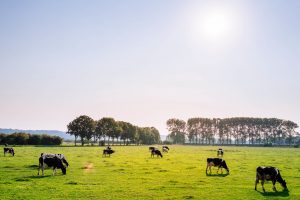 The White House Council on Environmental Quality (CEQ) recently released an intriguing report on how the United States can transition to a low-carbon economy by 2050 while continuing economic growth. The report gives a starring role in this job to agricultural lands.
The White House Council on Environmental Quality (CEQ) recently released an intriguing report on how the United States can transition to a low-carbon economy by 2050 while continuing economic growth. The report gives a starring role in this job to agricultural lands. In order for the agriculture sector to deliver on the growing demand for sustainable grain and participate in emerging carbon markets, growers need a way to demonstrate that their management practices are benefiting the environment.
In order for the agriculture sector to deliver on the growing demand for sustainable grain and participate in emerging carbon markets, growers need a way to demonstrate that their management practices are benefiting the environment.